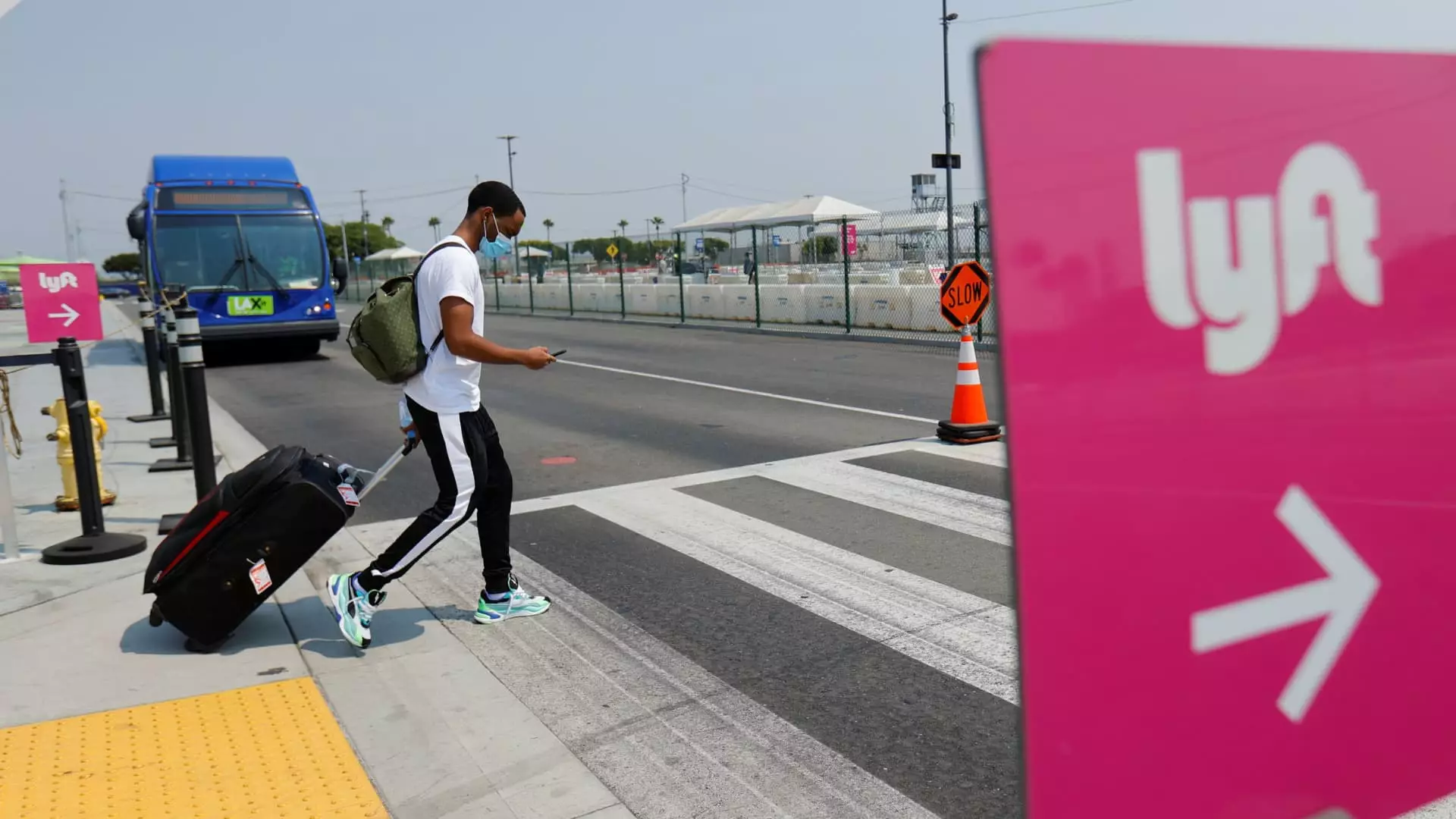In an impressive turn of events, Lyft’s stock soared by 23% following the company’s announcement of an expanded share buyback plan and surprisingly strong gross bookings that exceeded expectations. It’s a bold statement in the current climate, where many ride-sharing narratives are overshadowed by fears of a waning consumer appetite. What stands out about this recent development is not just the numbers but the underlying sentiment projected by Lyft’s leadership. CEO David Risher meeting with CNBC’s “Squawk Box” articulated a vigorous confidence in the brand’s ongoing momentum, clearly dismissing prevalent economic anxieties. Risher declared, “Our team is stronger than it’s ever been, and the consumer demand is absolutely there,” revealing a stubborn optimism that challenges the broader narrative of economic unease.
Data Points to Strong Performance
Lyft reported gross bookings of $4.16 billion, a remarkable 13% increase compared to the same period last year, nudging past the Wall Street estimate of $4.15 billion. This marks the 16th consecutive quarter of growth in gross bookings, proving that this giant in ride-sharing is not simply weathering the storm but thriving amidst it. The 16% rise in rides to 218.4 million also beat competitive benchmarks. However, while revenues climbed to $1.45 billion, the slight shortfall against analysts’ predictions of $1.47 billion suggests that even amid overall growth, the market remains a challenging environment.
Strategic Buyback Plan: A Calculated Risk?
Lyft’s decision to boost its share repurchase plan from $500 million to a whopping $750 million has stirred considerable discussion. By committing to this aggressive buyback, Lyft signals confidence in its valuation and future profitability. Activist investor Engine Capital’s recent decision to pause its campaign and withdraw board nominations, in response to Lyft’s proactive strategies, emphasizes this narrative of aggressive resilience. Such moves could deter potential downtrends, transforming shareholder dynamics positively in the long run. Yet, one can’t help but ponder if this strategy might lead to underinvestment in other critical areas. Invested capital might serve better in expanding services or enhancing user experience rather than solely supporting stock prices.
Comparative Landscape: Uber’s Contrasting Performance
Interestingly, while Lyft flourishes, its primary competitor, Uber, has seen its shares decline following lukewarm first-quarter performances. This juxtaposition highlights the unique narrative Lyft is crafting—a brand focusing on local and loyal customer relationships rather than merely bolstering its appeal in the cutthroat ride-sharing market. While Uber’s mixed results paint a picture of insecurity, Lyft’s surge in stock and bookings may signify a departure from broader market trends, suggesting that perhaps consumer loyalty and sound operational execution may trump fears of economic instability.
Despite the noise surrounding the consumer market, Lyft shines as a beacon of potential triumph. Still, the real question remains: Can this trajectory continue, or will external economic pressures inevitably intervene? One thing is sure—Lyft’s current performance is a narrative worth watching closely, as it courageously navigates the complex dynamics of this turbulent economic landscape.

